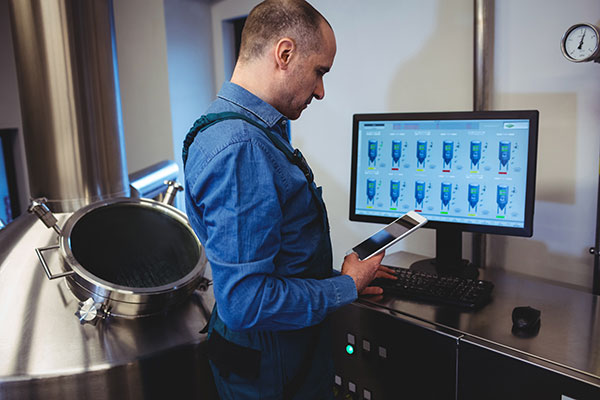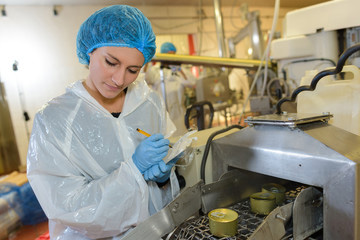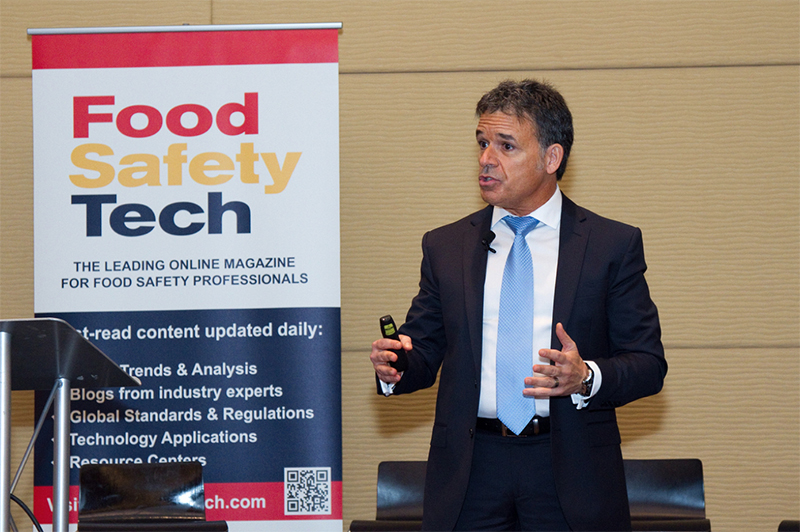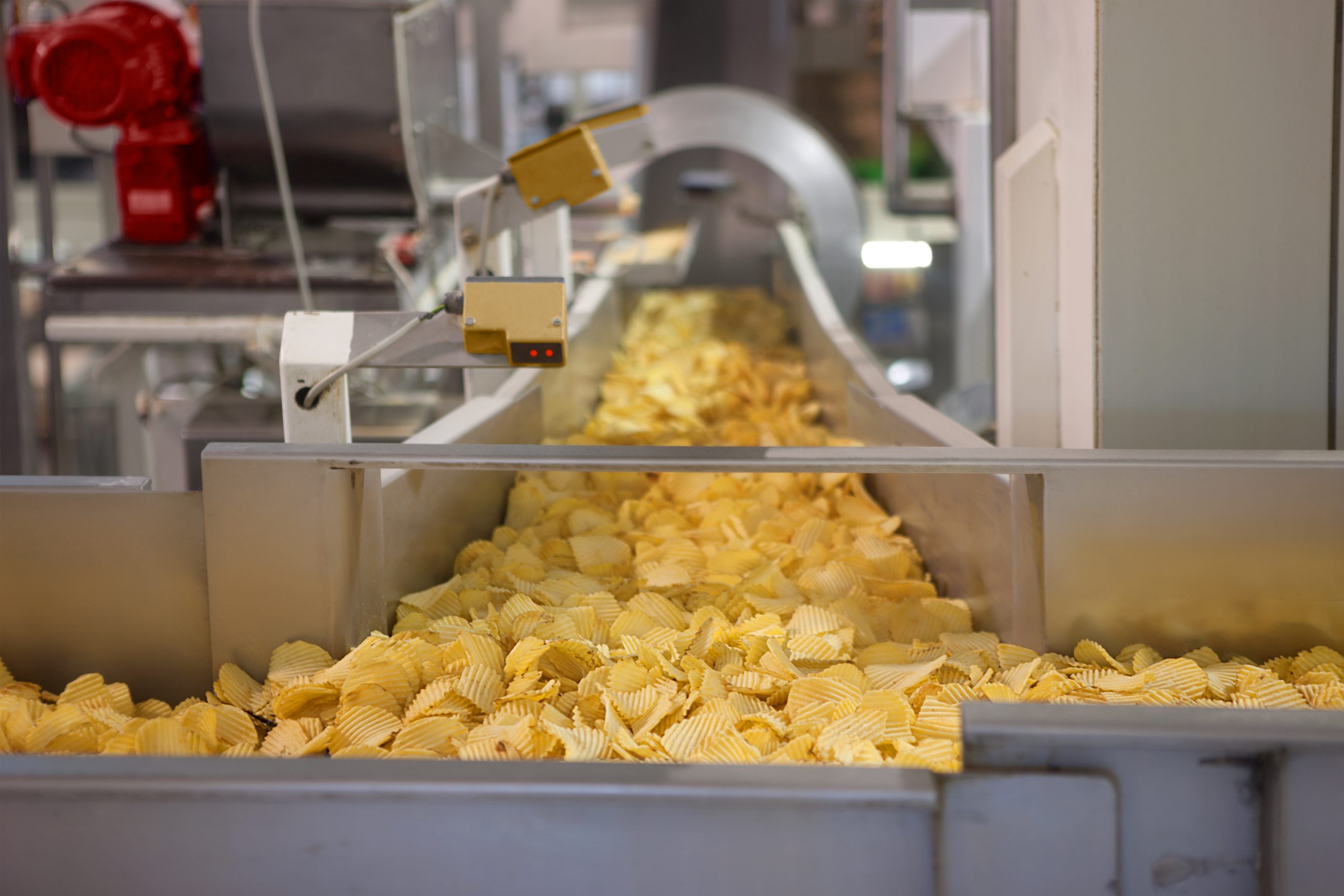The food industry is challenged with maintaining strict food safety standards while advancing sustainability and reducing waste. Striking this balance is essential for businesses navigating regulatory requirements and consumer expectations. Sustainable food safety integrates environmental responsibility into compliance frameworks, ensuring food production and service remain safe and resource-efficient.
The Cost of Unsafe Food and the Need for Sustainable Solutions
Food safety failures have significant financial and reputational consequences. Recalls, legal liabilities, and consumer distrust can devastate a business. The cost of unsafe food includes lost revenue, legal fees, and supply chain disruptions, making proactive risk management paramount.
A study by the World Health Organization estimates that foodborne illnesses cost economies billions of dollars annually due to healthcare expenses, lost productivity, and food waste. Addressing food safety risks through sustainability-focused solutions, such as improved cold chain management and responsible sourcing, reduces these financial burdens while protecting public health.
Implementing sustainable and safety-driven practices helps businesses mitigate these risks. A well-structured food safety framework incorporates real-time monitoring, predictive analytics, and strict hygiene protocols. These efforts reduce the likelihood of contamination while also minimizing food waste. Companies can enhance compliance and strengthen consumer confidence by investing in similar solutions.
Ensuring proper handling and storage throughout the supply chain can also drastically cut losses. Investing in food traceability technologies helps businesses quickly pinpoint contamination sources, preventing widespread recalls and reducing economic losses. Companies utilizing blockchain or radio frequency identification (RFID) tracking have improved visibility into their operations, which aids in regulatory compliance and enhances overall food safety.
Sustainable Farming: Enhancing Food Safety From the Source
Food safety starts at the source. Modern farming technologies, including precision agriculture, transform food production by improving efficiency and reducing contamination risks. Precision agriculture also optimizes resource use by leveraging data-driven techniques, such as remote sensing and automated irrigation. These technologies ensure that crops receive the nutrients and water they need.
Artificial intelligence (AI) monitoring systems help identify potential food safety threats early, reducing reliance on chemical pesticides and excessive water use. These advancements support sustainability while ensuring compliance with safety regulations. As consumer demand for eco-conscious food grows, businesses integrating technology-driven farming practices will gain a competitive edge.
Regenerative agriculture, which focuses on restoring soil health through sustainable practices, is another tactic to support food safety. Healthier soil reduces the need for chemical interventions and minimizes the contamination risks associated with pesticides and synthetic fertilizers. In this way, farmers who embrace regenerative techniques improve environmental and food safety outcomes, which benefits the overarching supply chain.
Expanding these sustainable initiatives requires cohesion between farmers, regulators, and food industry leaders. Incentives such as tax benefits and grants for adopting sustainable farming technologies encourage more producers to implement these practices. Governments and industry stakeholders can support the widespread adoption of sustainable techniques through collaboration. These actions protect food safety and environmental sustainability.
Low-Waste Practices in Food Businesses
Restaurants, food manufacturers, and retailers face mounting pressure to minimize waste without compromising safety. Low-waste kitchen practices like staff training and making food on-site help reduce food waste while aligning with food safety protocols. Employees trained in proper storage techniques, portion control, and inventory management can significantly reduce kitchen waste.
Simple strategies, such as repurposing ingredients, utilizing food scraps in secondary products, and donating surplus food, contribute to sustainability and cost savings. Businesses that integrate these methods improve operational efficiency while demonstrating their commitment to responsible food management.
Technology-driven solutions, such as automated inventory tracking and AI-powered forecasting tools, are helping food businesses further reduce waste. These innovations allow for precise demand planning which ensures that perishable ingredients are used efficiently, minimizing spoilage. Moreover, composting initiatives enable businesses to divert organic waste from landfills — further reducing their environmental footprint.
Partnering with food banks and local organizations is another way businesses can reduce waste and address food insecurity. Many companies have successfully implemented donation programs that ensure excess food is redirected to needy communities. This simultaneously supports social responsibility and waste reduction goals.
Companies that integrate circular economy principles, such as turning food waste into bioenergy or animal feed, go one step further towards minimizing their environmental impact. These strategies help reduce waste and contribute to renewable energy initiatives and more efficient food systems.
Consumer Trust and Transparency in Food Safety
Consumers are increasingly aware of food safety and sustainability issues. Ethical sourcing, clear labeling, and open communication influence purchasing decisions. Businesses in the food industry have lost customer trust and faced increased skepticism about food sustainability in recent years. Because of this, companies that engage in consumer education campaigns can strengthen trust by providing transparency about their food safety and sustainability efforts.
Customers value businesses that prioritize sustainability without compromising safety. Clear labeling of expiration dates, sourcing information, and sustainable packaging choices reassure consumers that the products they purchase align with their values. Companies that communicate these efforts effectively improve consumer trust and differentiate themselves in a competitive market.
Social media and digital transparency also play a role in building consumer trust. Businesses that openly share their sustainability initiatives, food safety certifications, and quality control measures on digital platforms can build credibility with their online audience. Engaging with consumers through interactive content, such as live question-and-answer sessions or behind-the-scenes videos of food safety processes, enhances trust and loyalty.
Receiving third-party certifications from reputable food safety organizations is another way to increase consumer confidence. Certifications such as the U.S. Department of Agriculture (USDA) Organic, Non-Genetically Modified (Non-GMO) Project Verified, and Global Food Safety Initiative (GFSI) signal a commitment to high standards that reassure customers looking for safe, responsibly produced food options.
The Business Case for Sustainable Food Safety
Sustainable food safety practices are not just beneficial for the environment, they also make financial sense. According to industry reports, companies focusing on waste prevention and food safety compliance can save significant money by optimizing inventory management and reducing disposal expenses. These strategies use software and better packaging to create a positive cycle where sustainability drives efficiency, profitability, and consumer satisfaction.
Innovative packaging solutions, such as biodegradable materials and smart sensors monitoring food freshness, also contribute to sustainability and cost efficiency. Companies investing in these technologies benefit from reduced food spoilage, extended shelf life, and lower disposal costs while maintaining high safety standards.
Expanding sustainable initiatives also improves employee satisfaction and retention. Workers in environmentally conscious companies often feel a stronger sense of purpose, leading to better morale and productivity. This indirect financial benefit makes sustainability-focused food safety practices an even more attractive investment for businesses.
Future Trends in Food Safety and Sustainability
The future of food safety and sustainability is shaped by evolving policies and regulatory requirements. Governments and industry regulators are setting stricter guidelines to integrate sustainability into food safety practices — emphasizing reduced food waste, improved resource management, and eco-friendly packaging solutions. Companies that proactively adapt to these regulatory changes will be better positioned for long-term compliance and success.
Emerging macro industry trends highlight a shift toward sustainability, local sourcing, carbon footprint reduction, and transparency in sourcing. Businesses investing in sustainable supply chains, alternative proteins, and food traceability technologies will gain consumer trust and meet growing market demands.
Data-driven food safety monitoring and automation will also play a pivotal role in the industry’s future. AI-powered predictive analytics and Internet of Things (IoT) tracking systems are helping businesses identify potential safety risks before they escalate, ensuring compliance and efficiency while minimizing waste. As technology advances, food businesses that integrate these innovations into their safety and sustainability strategies will remain ahead of industry shifts.
Conclusion
Sustainable food safety allows businesses to enhance efficiency, reduce costs, and build consumer trust. Food businesses can achieve compliance by integrating technology, waste-conscious practices, and transparent communication while supporting environmental responsibility.
As the industry moves toward a future that prioritizes safety and sustainability, businesses that embrace proactive strategies will deliver safe, high-quality, and environmentally responsible food products.























